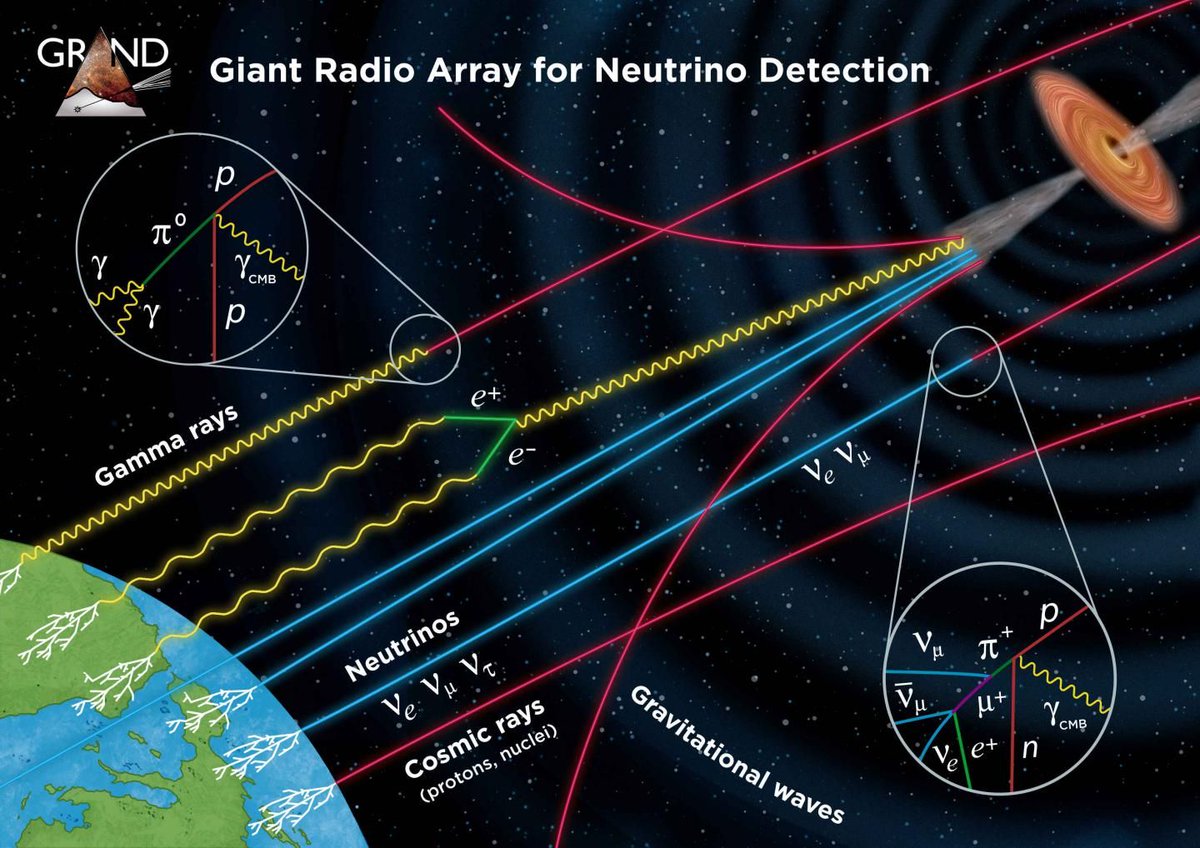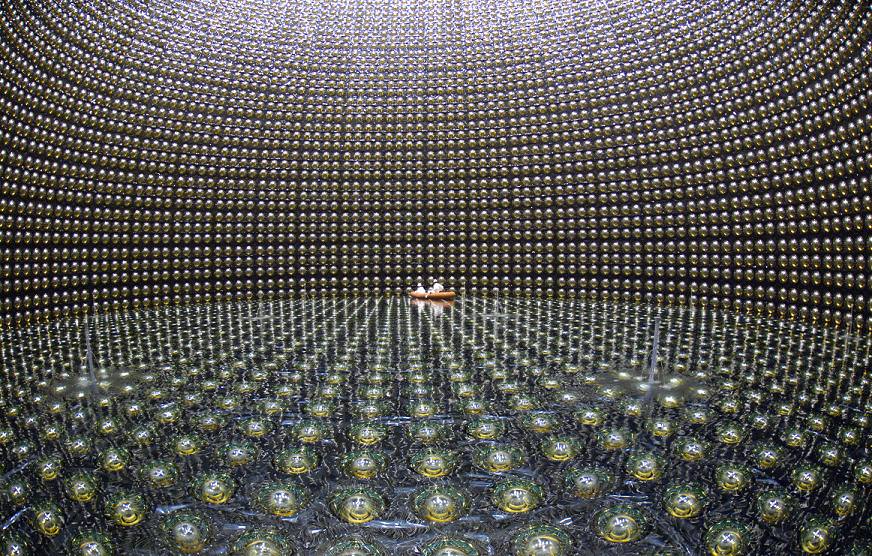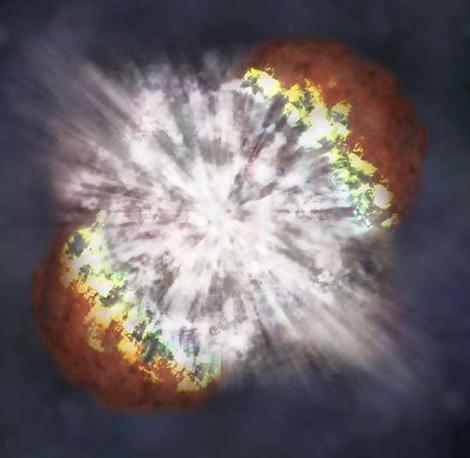I really don’t know how to introduce this article. Neutrinos are elementary particles and are electrically neutral. They are produced by numerous cosmological events. Trees, well, we all know what they are and in a recent paper, scientists believed it may be possible to use entire forests as neutrino detectors! I was a bit sceptical when I read the paper but its an interesting concept and certainly trees have been used as broadband antennae so perhaps, well its a fascinating concept.
Continue reading “Could Forests Become Ultrahigh Energy Neutrino Detectors? “A Proposal for a Neutrino Detection Array Spanning 200,000 Square Kilometers
Sometimes in astronomy the acronym for a project fits it particularly well. That would absolutely be the case for the Giant Radio Array for Neutrino Detection, who hopes to scale up to a size of 200,000 sq km in an effort to measure ultra-high-energy tau-neutrinos. Is it ambitious? Yes, but that doesn’t really stop humanity from exploring when it wants to.
Continue reading “A Proposal for a Neutrino Detection Array Spanning 200,000 Square Kilometers”Why was there more matter than antimatter in the Universe? Neutrinos might give us the answer
The universe is filled with matter, and we don’t know why. We know how matter was created, and can even create matter in the lab, but there’s a catch. Every time we create matter in particle accelerators, we get an equal amount of antimatter. This is perfectly fine for the lab, but if the big bang created equal amounts of matter and antimatter, the two would have destroyed each other early on, leaving a cosmic sea of photons and no matter. If you are reading this, that clearly didn’t happen.
Continue reading “Why was there more matter than antimatter in the Universe? Neutrinos might give us the answer”Neutrinos Have Been Detected With Such High Energy That The Standard Model Can’t Explain Them

Although neutrinos are mysterious particles, they are remarkably common. Billions of neutrinos pass through your body every second. But neutrinos rarely interact with regular matter, so detecting them is a big engineering challenge. Even when we do detect them, the results don’t always make sense. For example, we’ve recently detected neutrinos that have so much energy we have no idea how they are created.
Continue reading “Neutrinos Have Been Detected With Such High Energy That The Standard Model Can’t Explain Them”Physicists Don’t Know the Mass of a Neutrino, But Now They Know it’s No Larger Than 1 Electron Volt
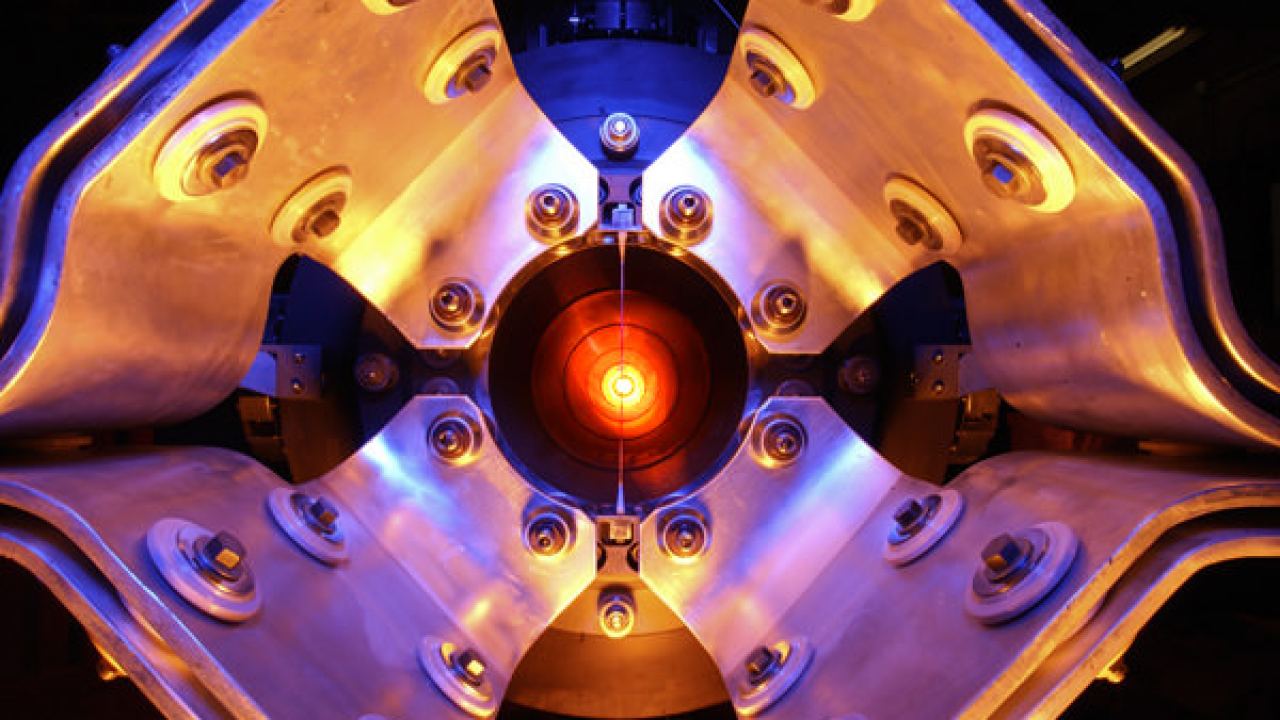
The Standard Model of Particle Physics is one of science’s most impressive feats. It’s a rigorous, precise effort to understand and describe three of the four fundamental forces of the Universe: the electromagnetic force, the strong nuclear force, and the weak nuclear force. Gravity is absent because so far, fitting it into the Standard Model has been extremely challenging.
But there are some holes in the Standard Model, and one of them involves the mass of the neutrino.
Continue reading “Physicists Don’t Know the Mass of a Neutrino, But Now They Know it’s No Larger Than 1 Electron Volt”We’re One Step Closer to Knowing Why There’s More Matter Than Antimatter in the Universe
The Standard Model of particle physics has been the predominant means of explaining what the basic building blocks of matter are and how they interact for decades. First proposed in the 1970s, the model claims that for every particle created, there is an anti-particle. As such, an enduring mystery posed by this model is why the Universe can exist if it is theoretically made up of equal parts of matter and antimatter.
This seeming disparity, known as the charge-parity (CP) violation, has been the subject of experiments for many years. But so far, no definitive demonstration has been made for this violation, or how so much matter can exist in the Universe without its counterpart. But thanks to new findings released by the international Tokai-to-Kamioka (T2K) collaboration, we may be one step closer to understanding why this disparity exists.
First observed in 1964, CP violation proposes that under certain conditions, the laws of charge-symmetry and parity-symmetry (aka. CP-symmetry) do not apply. These laws state that the physics governing a particle should be the same if it were interchanged with its antiparticle, while its spatial coordinates would be inverted. From this observation, one of the greatest cosmological mysteries emerged.
If the laws governing matter and antimatter are the same, then why is it that the Universe is so matter-dominated? Alternately, if matter and antimatter are fundamentally different, then how does this accord with our notions of symmetry? Answering these questions is not only important as far as our predominant cosmological theories go, they are also intrinsic to understanding how the weak interactions that govern particles work.
Established in June of 2011, the international T2K collaboration is the first experiment in the world dedicated to answering this mystery by studying neutrino and anti-neutrino oscillations. The experiment begins with high-intensity beams of muon neutrinos (or muon anti-neutrinos) being generated at the Japan Proton Accelerator Research Complex (J-PARC), which are then fired towards the Super-Kamiokande detector 295 km away.
This detector is currently one of the world’s largest and most sophisticated, dedicated to the detection and study of solar and atmospheric neutrinos. As neutrinos travel between the two facilities, they change “flavor” – going from muon neutrinos or anti-neutrinos to electron neutrinos or anti-neutrinos. In monitoring these neutrino and anti-neutrino beams, the experiment watches for different rates of oscillation.
This difference in oscillation would show that there is an imbalance between particles and antiparticles, and thus provide the first definitive evidence of CP violation for the first time. It would also indicate that there are physics beyond the Standard Model that scientists have yet to probe. This past April, the first data set produced by T2K was released, which provided some telling results.
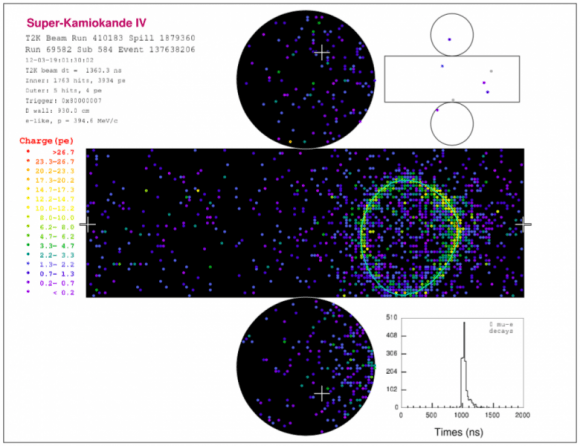
As Mark Hartz, a T2K collaborator and the Kavli IPMU Project Assistant Professor, said in a recent press release:
“While the data sets are still too small to make a conclusive statement, we have seen a weak preference for large CP violation and we are excited to continue to collect data and make a more sensitive search for CP violation.”
These results, which were recently published in the Physical Review Letters, include all data runs from between January 2010 to May 2016. In total, this data comprised 7.482 x 1020 protons (in neutrino mode), which yielded 32 electron neutrino and 135 muon neutrino events, and 7.471×1020 protons (in antineutrino mode), which yielded 4 electron anti-neutrino and 66 muon neutrino events.
In other words, the first batch of data has provided some evidence for CP violation, and with a confidence interval of 90%. But this is just the beginning, and the experiment is expected to run for another ten years before wrapping up. “If we are lucky and the CP violation effect is large, we may expect 3 sigma evidence, or about 99.7% confidence level, for CP violation by 2026,” said Hartz.
If the experiment proves successful, physicists may finally be able to answer how it is that the early Universe didn’t annihilate itself. It is also likely help to reveal aspects of the Universe that particle physicists are anxious to get into! For it here that the answers to the deepest secrets of the Universe, like how all of its fundamental forces fit together, are likely to be found.
Further Reading: Kavli IMPU, Physical Review Letters
What Are The Odds Of Spotting A Milky Way Supernova From Earth?
An exploding star in our home galaxy might be visible to Earth in the next 50 years, astronomers say in a new calculation of the odds of a nearby supernova.
This explosion would be too faint to prove a hazard to Earthlings, and in fact it may not even be visible with the naked eye in the starry sky. Its heat signature, however, would be seen in the right kind of camera as long as we could swing a telescope there fast enough.
“For [researchers], this study suggests that they have a solid chance of doing something that’s never been done before: detect a supernova fast enough to witness what happens at the very beginning of a star’s demise,” wrote Ohio State University in a press release about the research, which was led by university astronomer researcher Scott Adams.
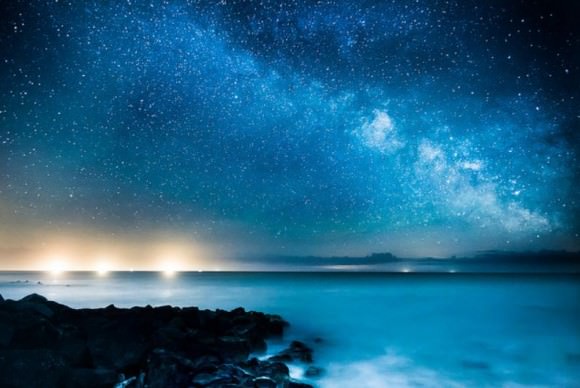
The challenge with observing a supernova in our own galaxy is the presence of cosmic dust that can sometimes obscure supernovae and other phenomena from our view. However, infrared light is not as badly affected by this and may be able to see something through the obscurity.
To jump on the supernova as it is happening, the scientists propose having a network in place to send out neutrino alerts when these particles, which would arrive at Earth first after an explosion, are detected on Earth. The key is to figure out the difference between neutrinos from space and neutrinos from other sources, such as nuclear reactors, the sun or even spurious glitches.
A University of Tokyo group led the building of a model of a new kind of neutrino detector, a model that is now operating underground in Japan. Called EGADS (Evaluating Gadolinium’s Action on Detector Systems), the water in the system would be “spiked” with a bit of gadolinium, which would reportedly assist with neutrino detections from outside of Earth.
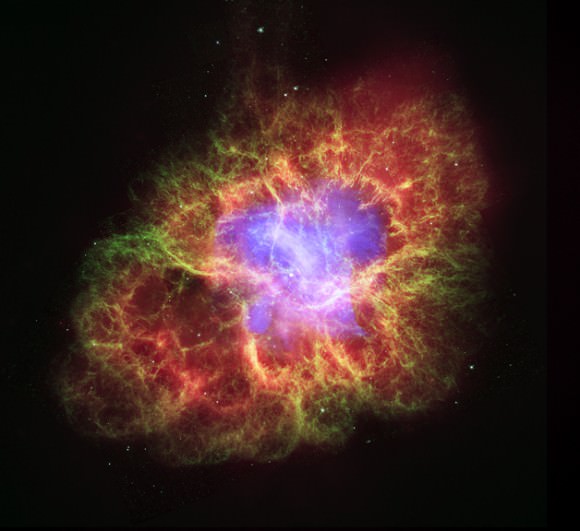
“When a neutrino from a Milky Way supernova enters the tank, it can collide with the water molecules and release energy, along with some neutrons,” Ohio State added. “Gadolinium has a great affinity for neutrons, and will absorb them and then re-emit energy of its own. The result would be one detection signal followed by another a tiny fraction of a second later—a “heartbeat” signal inside the tank for each detected neutrino.”
But what about a naked-eye supernova? The researchers say the probability of that is just 20% to 50% in the next century, with southern hemisphere residents having a better chance since more of the galaxy is visible there. The last instance of this happening, by the way, was in 1604.
The research paper is available now on prepublishing site Arxiv and will soon be published in the Astrophysical Journal.
Source: Ohio State University
Correction: This article has been changed to remove a reference to Ohio State University in the EGADS collaboration.


